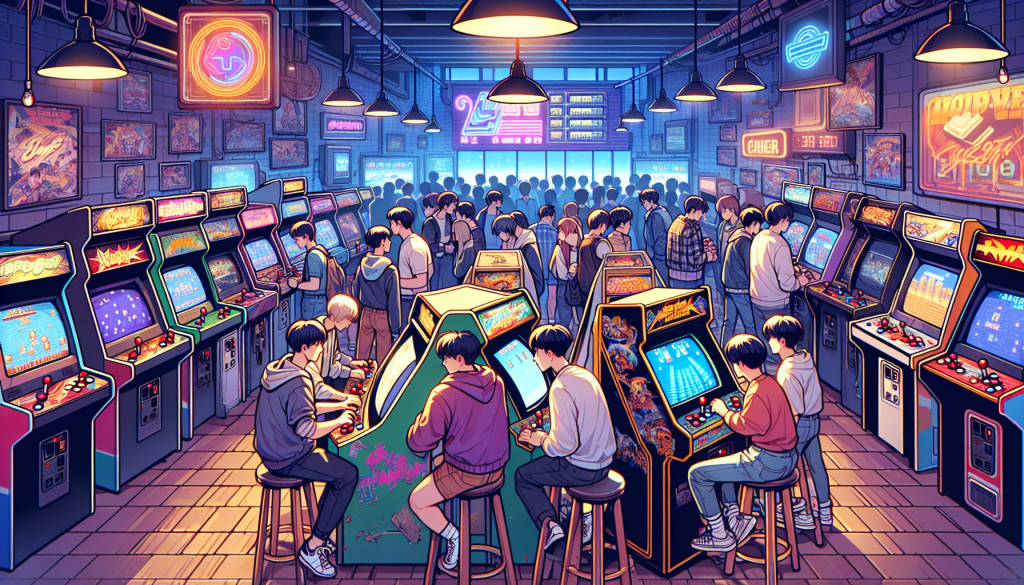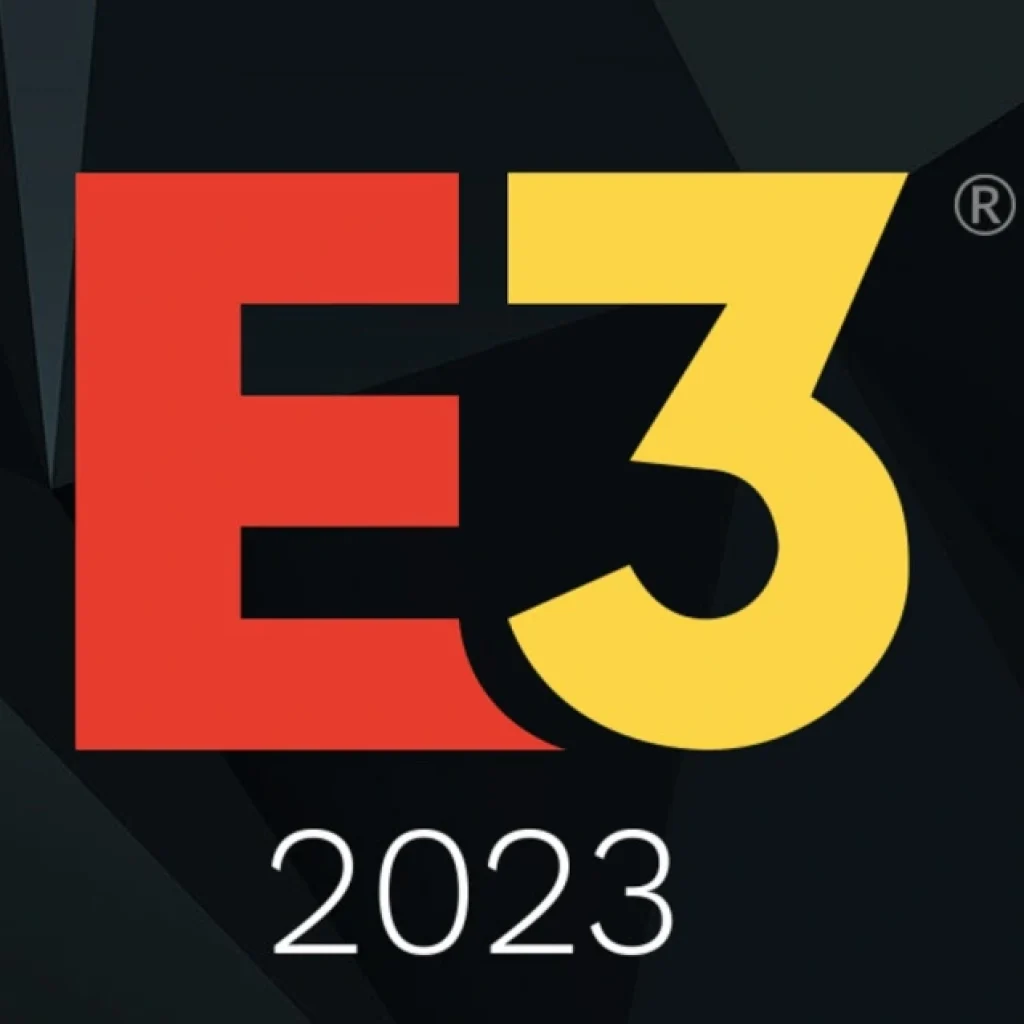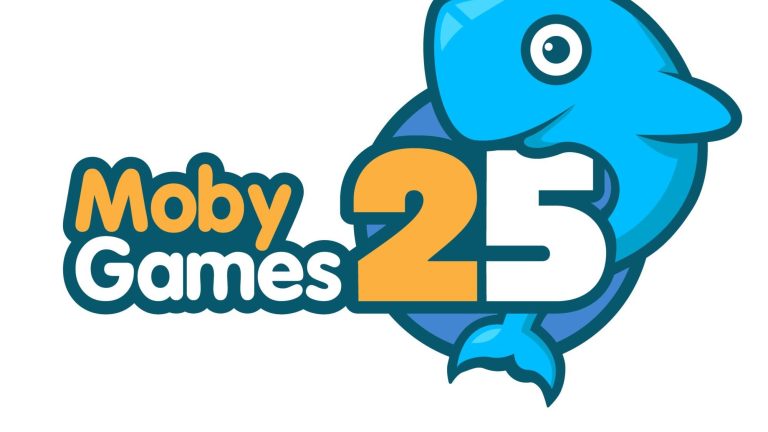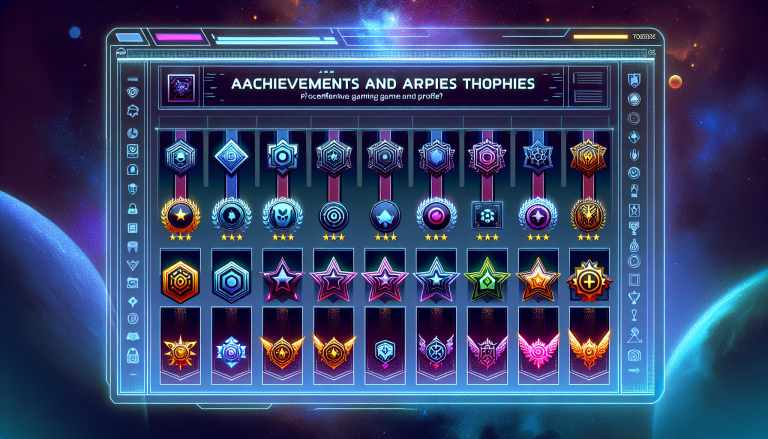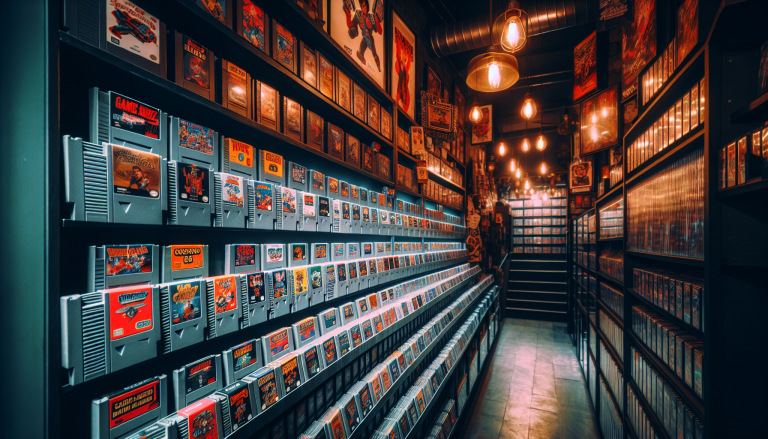Challenges of Updating Classic Games: Preserving Authenticity while Incorporating Modern Gameplay Elements
Picture this: you’re sitting in your favorite armchair, controller in hand, ready to take a trip down memory lane with a classic video game from your childhood. The familiar pixelated graphics, the catchy chiptune soundtrack, the simple yet addictive gameplay – it all brings back a rush of nostalgia. But what if you could experience that same nostalgic thrill with a fresh twist? That’s the challenge game developers face when updating classic games – preserving their authenticity while incorporating modern gameplay elements.
When it comes to updating retro games, striking a balance between preserving the original charm and introducing new features can be quite a tightrope act. On one hand, diehard fans of the original game want to relive the experience as it was back in the day. They cherish the simplicity, the challenge, and the unique quirks that made the game memorable. On the other hand, new players expect more depth, better graphics, and smoother controls.
One of the biggest challenges developers face is preserving the authenticity of the retro game. Classic games have a certain charm and appeal that comes from their limitations. The pixelated graphics, the limited color palette, and the simplistic controls were all part of the experience. Stripping away these elements can result in the loss of the game’s essence.
However, simply sticking to the original formula can also be problematic. Gaming has evolved over the years, and players have come to expect more from their gaming experiences. They want immersive stories, stunning visuals, and innovative gameplay mechanics. Failing to incorporate these modern elements can make a retro game feel outdated and limited.
So, how do developers strike the perfect balance? One strategy is to carefully analyze what made the original game special and identify its core elements. These could be the unique art style, the challenging level design, or the memorable characters. By preserving these core elements, while updating other aspects, developers can retain the authenticity of the game.
Another strategy is to introduce modern gameplay elements that enhance the player experience without diluting the retro charm. For example, implementing updated graphics while keeping the pixelated aesthetic, or adding new levels or challenges that build upon the original game’s mechanics. The key is to stay true to the spirit of the original game while giving players something new to discover and enjoy.
Listening to feedback from fans can also be invaluable in the updating process. Understanding what aspects of the original game they loved and what improvements they would like to see can help developers make informed decisions. Collaborating with the community ensures that any updates or changes align with the desires of the player base.
Successfully updating classic games not only preserves their legacy but also attracts new audiences. By incorporating modern gameplay elements, developers can introduce the retro experience to a whole new generation of players. This not only keeps the game alive but also ensures its relevance in an ever-changing gaming landscape.
In conclusion, updating classic games is a delicate art that requires striking a balance between preserving authenticity and incorporating modern gameplay elements. By carefully analyzing the core elements of the original game, introducing modern enhancements, and listening to player feedback, developers can create updated versions that capture the charm of the original while appealing to a broader audience. So, whether you’re a diehard fan or a newcomer to the world of retro gaming, there’s a whole world of updated classics waiting to be explored.
Striking a Balance: Strategies for Maintaining the Original Charm of Retro Games
When it comes to updating classic games, one of the biggest challenges is striking a balance between preserving the authenticity of the original game and incorporating modern gameplay elements. It’s a delicate dance that requires careful consideration and thoughtful design choices. In this article, we’ll explore some strategies that game developers can employ to maintain the original charm of retro games while still appealing to modern audiences.
1. Respect the Source Material
One of the most important aspects of updating classic games is respecting the source material. This means understanding what made the original game so beloved and ensuring that those elements are preserved. Whether it’s the art style, the soundtrack, or the overall gameplay mechanics, it’s crucial to maintain the essence of what made the game special in the first place.
However, respecting the source material doesn’t mean being bound by it. It’s important to also recognize the need for modernization and improvement. By carefully analyzing the original game and identifying areas that could benefit from enhancements, developers can strike a balance between preserving the nostalgia and incorporating new features.
2. Modernizing Gameplay Mechanics
While it’s important to maintain the original charm of retro games, it’s equally important to update the gameplay mechanics to appeal to modern audiences. This can be achieved by introducing quality of life improvements, such as streamlined controls or improved user interfaces. By making these changes, developers can enhance the overall player experience without compromising the essence of the game.
Another way to modernize gameplay mechanics is by introducing new features that complement the original gameplay. For example, adding multiplayer modes or online leaderboards can breathe new life into a classic game and encourage players to engage with it in new ways. However, it’s important to ensure that these additions are optional and don’t detract from the core experience for those who prefer the original single-player gameplay.
3. Embracing Visual and Audio Enhancements
Updating the visual and audio aspects of a retro game can enhance the overall experience without sacrificing its authenticity. Advancements in technology allow developers to improve graphics and sound quality while still maintaining the retro feel. By enhancing the visuals, such as adding higher resolutions or implementing art updates, players can enjoy a more immersive and visually appealing experience.
Similarly, improving the sound design and music can greatly enhance the atmosphere of a retro game. By providing players with high-quality audio that stays true to the original soundtrack, developers can create an engaging and memorable experience that resonates with both old and new players.
4. Engaging with the Community
One of the best ways to strike a balance between authenticity and modern gameplay is by actively engaging with the community. By listening to player feedback and incorporating their suggestions, developers can ensure that the updated version of a classic game aligns with the expectations and desires of the fanbase.
Regular updates and patches can also help address any issues or concerns raised by the community, demonstrating a commitment to continuously improving the game while staying true to its roots. This level of transparency and communication fosters trust between the developers and players, creating a collaborative environment that benefits both parties.
Updating classic games is not an easy task, but when done right, it can breathe new life into beloved titles and attract a whole new audience. By respecting the source material, modernizing gameplay mechanics, enhancing visuals and audio, and engaging with the community, developers can successfully strike a balance between preserving the original charm and incorporating modern elements. The result is a game that pays homage to its roots while providing an enjoyable experience for players of all generations.
The Rewards of Updating Classic Games: Enhancing Player Experience and Attracting New Audiences
Updating classic games can be a challenging task, but when done right, it can bring numerous rewards. By enhancing player experience and attracting new audiences, developers have the opportunity to breathe new life into beloved retro games. Let’s explore the exciting rewards that come with updating these classic gems.
1. Revitalizing Player Experience
One of the primary rewards of updating classic games is the ability to revitalize player experience. By incorporating modern gameplay elements, developers can enhance the graphics, mechanics, and overall gameplay of retro games. This not only appeals to nostalgic gamers who grew up playing these classics but also attracts new players who are looking for a fresh and engaging gaming experience.
For example, imagine playing a classic platformer from the 8-bit era with updated visuals, smooth controls, and additional levels or challenges. The sense of nostalgia combined with the excitement of improved gameplay can create a truly immersive and enjoyable experience for players of all generations.
2. Attracting New Audiences
Updating classic games also presents the opportunity to attract new audiences. While some gamers may be hesitant to try out older titles due to the outdated graphics or mechanics, updating these games can make them more accessible and appealing to a wider audience.
By incorporating modern graphics, intuitive controls, and user-friendly interfaces, developers can introduce classic games to a whole new generation of players. This not only expands the player base but also fosters a sense of appreciation for the history and legacy of these games.
3. Preserving Cultural Significance
Classic games hold cultural significance and are often seen as milestones in the gaming industry. By updating these games, developers can preserve their cultural value and ensure that they continue to be recognized and celebrated for years to come.
Introducing updated versions of classic games allows players to experience the original vision of the developers while still enjoying the benefits of modern technology. This preservation of cultural significance helps to bridge the gap between different generations of gamers and fosters a sense of appreciation for the roots of the gaming industry.
4. Driving Innovation and Creativity
Updating classic games encourages developers to think creatively and find innovative ways to improve upon the original experience. By analyzing what made the original game so beloved and identifying areas for improvement, developers have the opportunity to push the boundaries of game design and mechanics.
Through this process, developers can not only enhance the player experience but also contribute to the evolution of the gaming industry as a whole. The lessons learned from updating classic games can inspire new ideas and approaches in future game development projects, leading to further innovation and creativity in the industry.
Conclusion
Updating classic games brings a plethora of rewards, from revitalizing player experience and attracting new audiences to preserving cultural significance and driving innovation. By striking a balance between preserving authenticity and incorporating modern gameplay elements, developers have the power to breathe new life into beloved retro games and create unforgettable experiences for players of all generations.
Case Studies: Successful Examples of Balancing Authenticity and Modern Gameplay in Retro Games
Updating classic games is a delicate art. On one hand, you want to preserve the authentic charm and nostalgia that made these games so beloved in the first place. On the other hand, you want to incorporate modern gameplay elements to appeal to a new generation of gamers. Striking the right balance is crucial, and there are several successful examples of retro games that have achieved this delicate equilibrium.
1. “Super Mario Odyssey” (2017)
“Super Mario Odyssey” is a prime example of how to update a classic game while staying true to its roots. The game combines the nostalgic elements of the original Super Mario games with innovative gameplay mechanics and stunning graphical updates. Players are transported to vibrant and immersive worlds, while still enjoying the familiar platforming mechanics that made the original games so iconic. By successfully marrying modern technology with the timeless charm of Mario, “Super Mario Odyssey” has become a hit with both longtime fans and newcomers.
2. “The Legend of Zelda: Breath of the Wild” (2017)
The “Legend of Zelda” franchise has a rich history, and “Breath of the Wild” showcases how to reimagine a classic while maintaining its essence. This game introduces an expansive open-world environment, giving players the freedom to explore and discover at their own pace. While the game embraces modern game design principles, such as dynamic weather and physics-based puzzles, it still encapsulates the spirit of exploration and adventure that has defined the series since its inception. With its innovative approach and homage to the original games, “Breath of the Wild” has received critical acclaim and captivated a wide range of players.
3. “Crash Bandicoot N. Sane Trilogy” (2017)
The “Crash Bandicoot” series was a beloved staple of the PlayStation era, and the “N. Sane Trilogy” brings the classic games into the modern age. The developers maintained the challenging platforming gameplay that made the original games so popular, while revamping the graphics and controls for a new generation of players. By preserving the core gameplay and nostalgic elements, while enhancing the visuals and user experience, the “N. Sane Trilogy” successfully appeals to both longtime fans and newcomers alike.
4. “Pokemon Let’s Go, Pikachu!/Eevee!” (2018)
The “Pokemon” franchise has been a cultural phenomenon for decades, and “Pokemon Let’s Go, Pikachu!/Eevee!” is a prime example of how to update a classic RPG. The game takes inspiration from the original “Pokemon Yellow” and incorporates elements from the wildly popular mobile game “Pokemon Go.” By introducing simplified mechanics and incorporating motion controls, the game bridges the gap between the traditional handheld games and the accessible nature of the mobile game. This approach attracts both nostalgic fans and new players, creating a unique and enjoyable experience for all.
5. “Street Fighter V” (2016)
The “Street Fighter” series has a devoted following, and “Street Fighter V” demonstrates how to evolve a classic fighting game while staying true to its core gameplay. The developers introduced new characters, mechanics, and online features, while preserving the fast-paced, skill-based combat that defined the franchise. By embracing modern technology and player expectations, “Street Fighter V” appeals to both longtime fans and competitive gamers, ensuring the series remains relevant in the ever-evolving landscape of fighting games.
These case studies highlight the importance of striking a balance between preserving authenticity and incorporating modern gameplay elements in retro games. By staying true to the core elements that made these games beloved in the first place while embracing innovation and technological advancements, developers can create updated versions that appeal to both longtime fans and new audiences. It’s a delicate dance, but when done right, it can breathe new life into classic games and provide unforgettable experiences for all.

